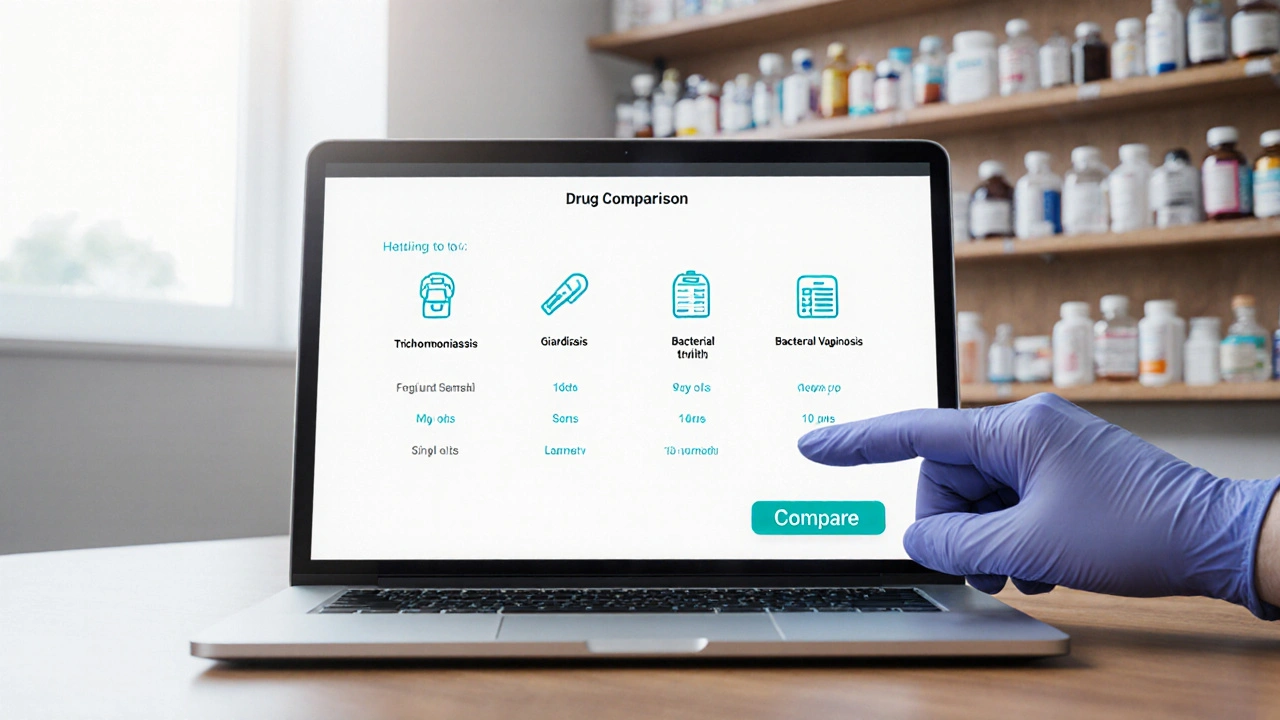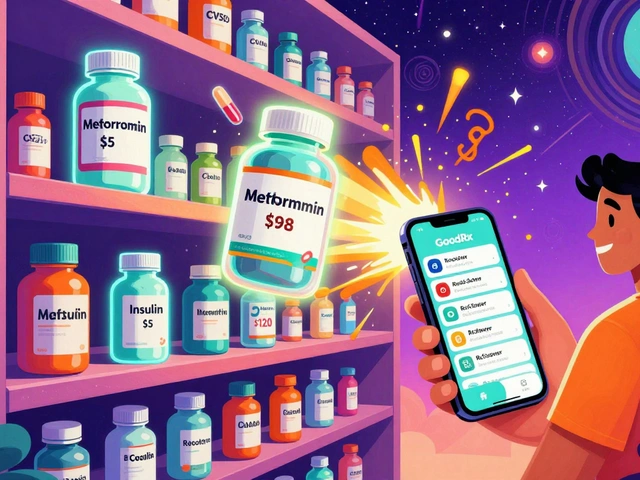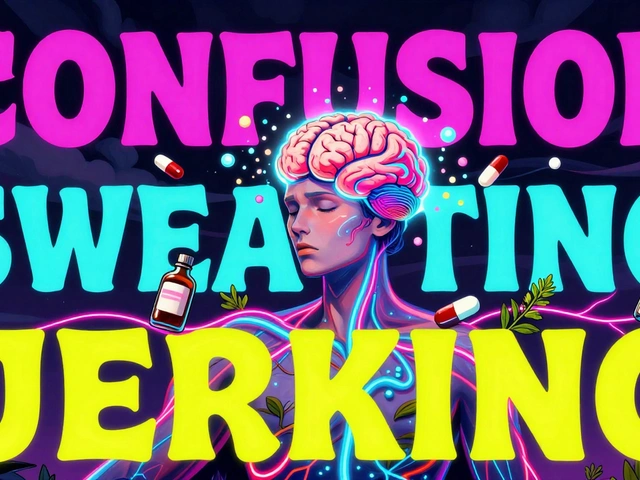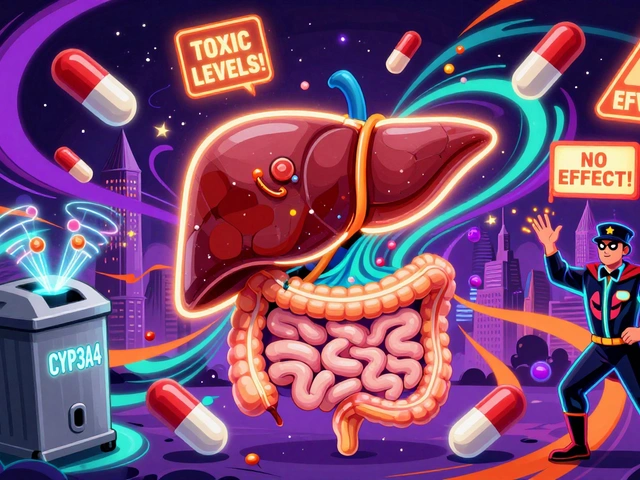Infection Treatment: Effective Strategies & Resources
When working with Infection Treatment, the process of diagnosing and managing bacterial, viral, fungal, or parasitic infections. Also known as infection management, it guides clinicians and patients toward selecting the right medication, supportive care, and follow‑up to clear the pathogen. The term infection treatment covers everything from prescription drugs to home care tips, so knowing the basics saves time and reduces risk.
Antibiotics, drugs that kill or inhibit bacterial growth. Also called antibacterial agents, they are the cornerstone of most bacterial infection treatment. Choosing the right class—penicillins, macrolides, fluoroquinolones—depends on the organism, site of infection, and patient factors like allergies. Proper dosing and duration are critical; cutting a course short can let surviving bacteria rebound, leading to recurrence or resistance.
Antiviral Therapy, medications that interfere with viral replication. Also referred to as antiviral agents, these drugs are essential for treating influenza, herpes, HIV, and emerging viral threats. Timing matters—a dose given early in the infection often works better, while later stages may need supportive care instead. Knowing which viruses respond to which agents helps clinicians avoid unnecessary side effects.
Vaccination, the administration of weakened or dead pathogens to train the immune system. Also known as immunization, it reduces the need for later infection treatment by stopping disease before it starts. Keeping up‑to‑date on recommended shots—from tetanus to COVID‑19—lowers community spread, protects vulnerable groups, and cuts healthcare costs.
Antibiotic resistance is a growing public‑health challenge that directly impacts infection treatment outcomes. When bacteria evolve mechanisms to defeat drugs, clinicians must turn to stronger, often more toxic antibiotics or combination regimens. Good infection control practices—hand hygiene, proper wound cleaning, and isolation when needed—help keep resistant strains from spreading.
Practical Tips for Effective Infection Treatment
Start with an accurate diagnosis; lab tests, imaging, or symptom patterns guide drug choice. Follow the prescribed dosage schedule—missed doses can weaken drug levels and let pathogens survive. Watch for side effects; gastrointestinal upset, rash, or liver changes may signal a need to adjust therapy. Stay hydrated, get plenty of rest, and support your immune system with balanced nutrition. Finally, complete the full course even if you feel better, because lingering microbes can cause relapse.
Below you’ll find a curated collection of articles that dive deeper into specific drugs, natural remedies, and safety tips related to infection treatment. Whether you’re comparing antibiotics, exploring antiviral options, or learning how to buy medication safely online, the guides ahead give practical, up‑to‑date information you can act on right now.
Tinidazole vs Alternatives: Which Antiprotozoal Drug Is Best?
A side‑by‑side look at Tinidazole versus Metronidazole, Secnidazole, and other antiprotozoal drugs, covering dosage, cost, safety, and how to pick the right treatment.





